The wave of art-hungry young people may be the key to changing the current buying and selling model. We analyze the whys.
According to a study by the firm Digitas, 60% of adolescents between the ages of 10 and 14 have a "substantial influence" on their parents' final decision about which car to buy. I mean, barbaric. Of people and influence. Well, even so, the market is not taking them sufficiently into account. And if we already talked about what to hang on the walls of the home, there is a niche that nobody is knowing how to fill. But let's go back to the data, which is what is always rigorous and likes to see.

It is undeniable that Generation Z, which includes young people between the ages of 7 and 24, more or less, is the most multicultural and with the most diversification of interests in history. According to Bloomberg, they account for almost 32% of the total population out of the 7.7 billion people in the world in 2019. And not only that, but they are 40% of all consumers, which, if you join Its “indirect potential” (the daddies, so that we understand each other) represents an amount of 3,000 million dollars per year . The antonym of small change, so that we understand each other. And, finally, freely translating, the study comes to say that they are stealing the toast from millennials... but that nobody, we repeat, is paying them the slightest attention.

Well, with that said, let's focus once and for all on what concerns us. In the report by Melanie Gerlis Forget millennials —the art market should be looking at Gen Z , which would come to be “Forget millennials— the art market should be looking at Generazion” (I call it that for short), the author It expresses a reality: you cannot tell this generation to buy something or what they should buy, because they "will find out." They are natives of social networks, they know exactly how brands look for them and they don't trust the first thing they read. Also, they need to see. And this, in art, comes to say that the model has changed. And that it is necessary to modernize.
“Forget millennials, the art market should be looking at Generation Z”
Melanie Gerlis Forget millennials
The old auction houses, the large collections and even the modest galleries have a serious problem. Tim Schneider says it in an opinion column that he called The Gray Market : although "the reality is that most of the galleries today cannot afford to plan for their clients with 10 or 20 years of anticipation” since “they are too focused on paying next month's rent or saving the next art fair”, the truth is that “the most prosperous members of the Generazion are the only ones that really matter”. The journalist clarifies that, if the model does not change, the only sellers will be the big art companies. Therefore, the model would not change, it would only increase the gap.

But, in their conclusions, Gerlis and Schneider, who, to make matters worse, wrote his column based on the former's article, differ.
Schneider concludes that eyes, especially from a business point of view, should be fixed on that mass of pre-adolescents, pubescents, ephebes and young people who are still studying at the University. But not because they are more or less rebellious (Generation X renounced corporatism and the Baby Boomers created the counterculture and we should see them now, the greatest exponents of neoliberalism, as you can see), but because this generation will surely follow a similar trajectory to the previous. With multiple differences, of course, but similar in basics, which is art and its business model, if it is still based on great fortunes and high prices. In short: three quarters of the usual.
But Gerlis had already distanced himself, however, and he brings a couple of key factors into the equation that would make this generation something of a before-and-after: the new set of tastes and technological advances.
La Generazion is not fooled by the Internet, but rather is proactive on it. And demanding. Just like the negative response to influencers and vloggers (another little-exploited niche in terms of young art), Generation Z does not function under the rules that are imposed on it. As is the current art market. Thus, and we end with a piece of information, which has been missing, the latest Hiscox online art trade report reveals that 87% of 706 buyers demand transparency, clear prices and facilities. Doesn't sound too much like a bookmaker, does it?



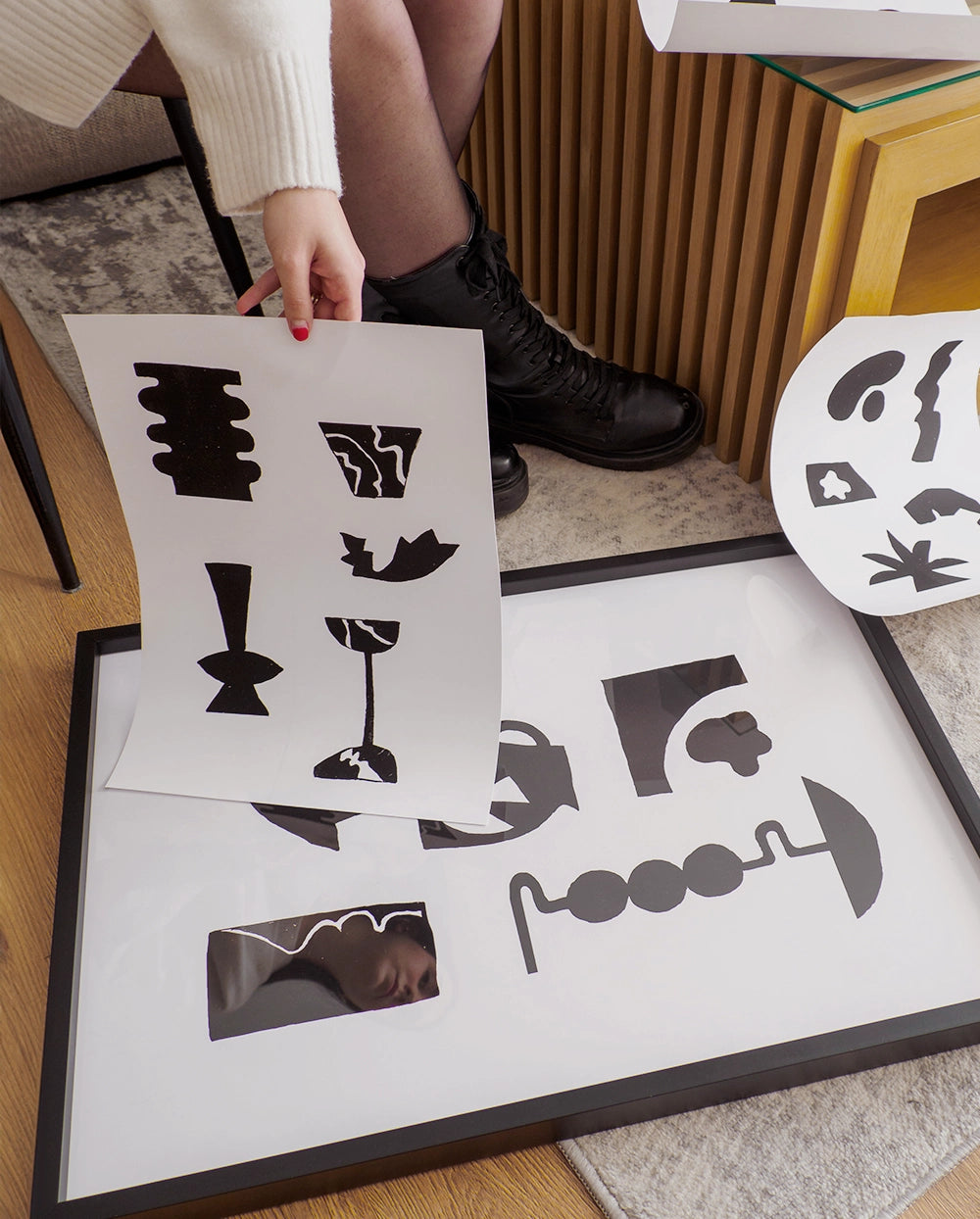

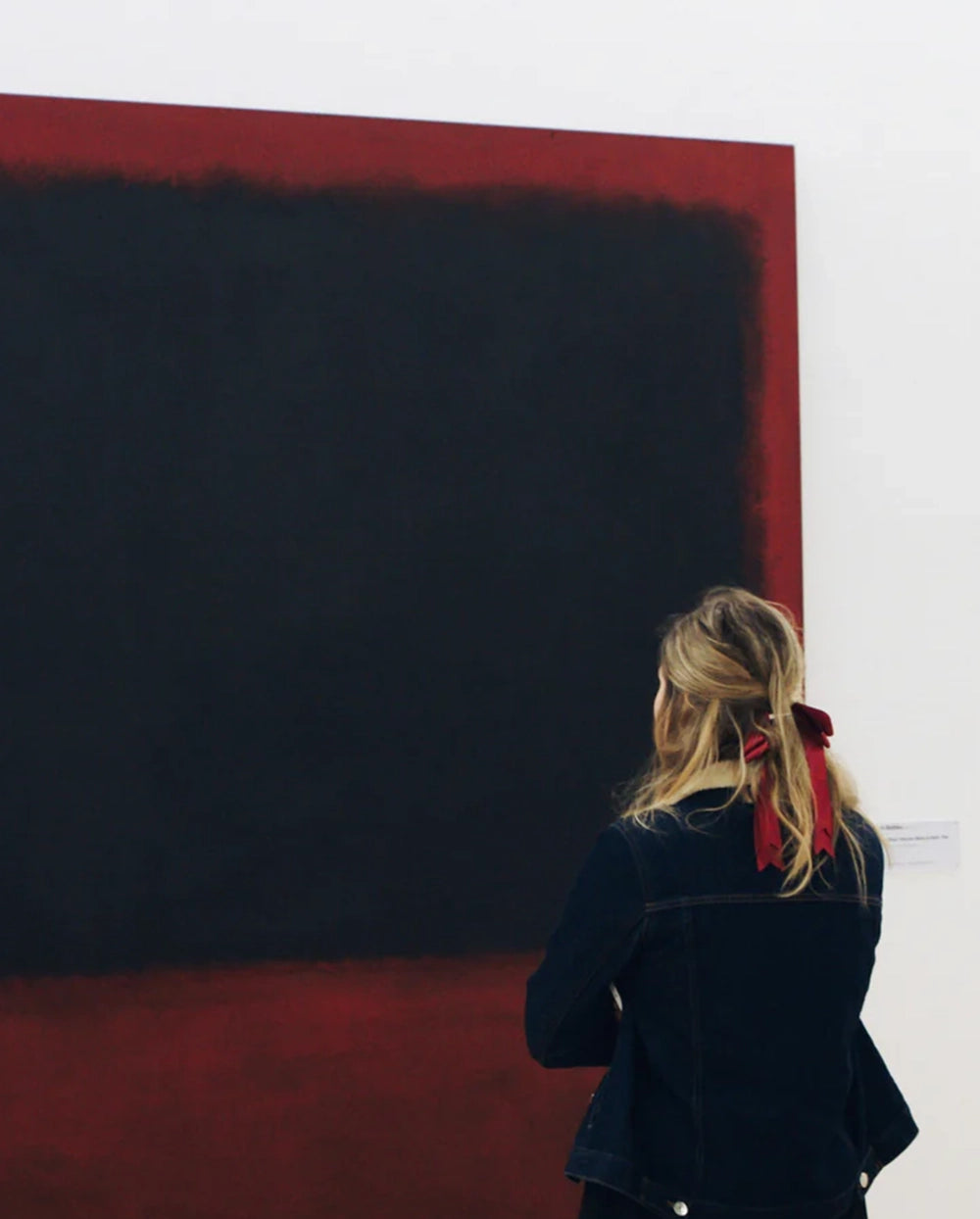
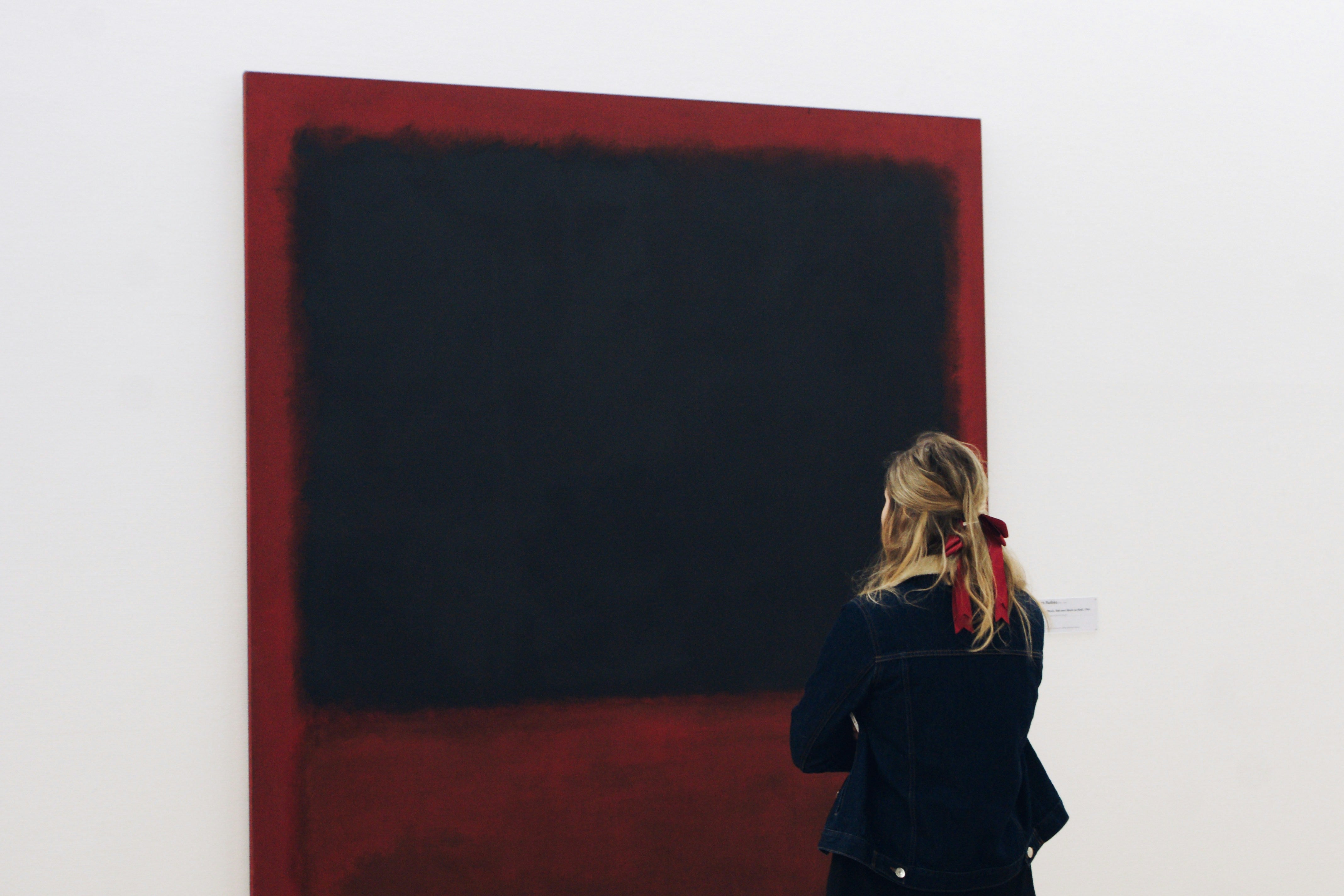
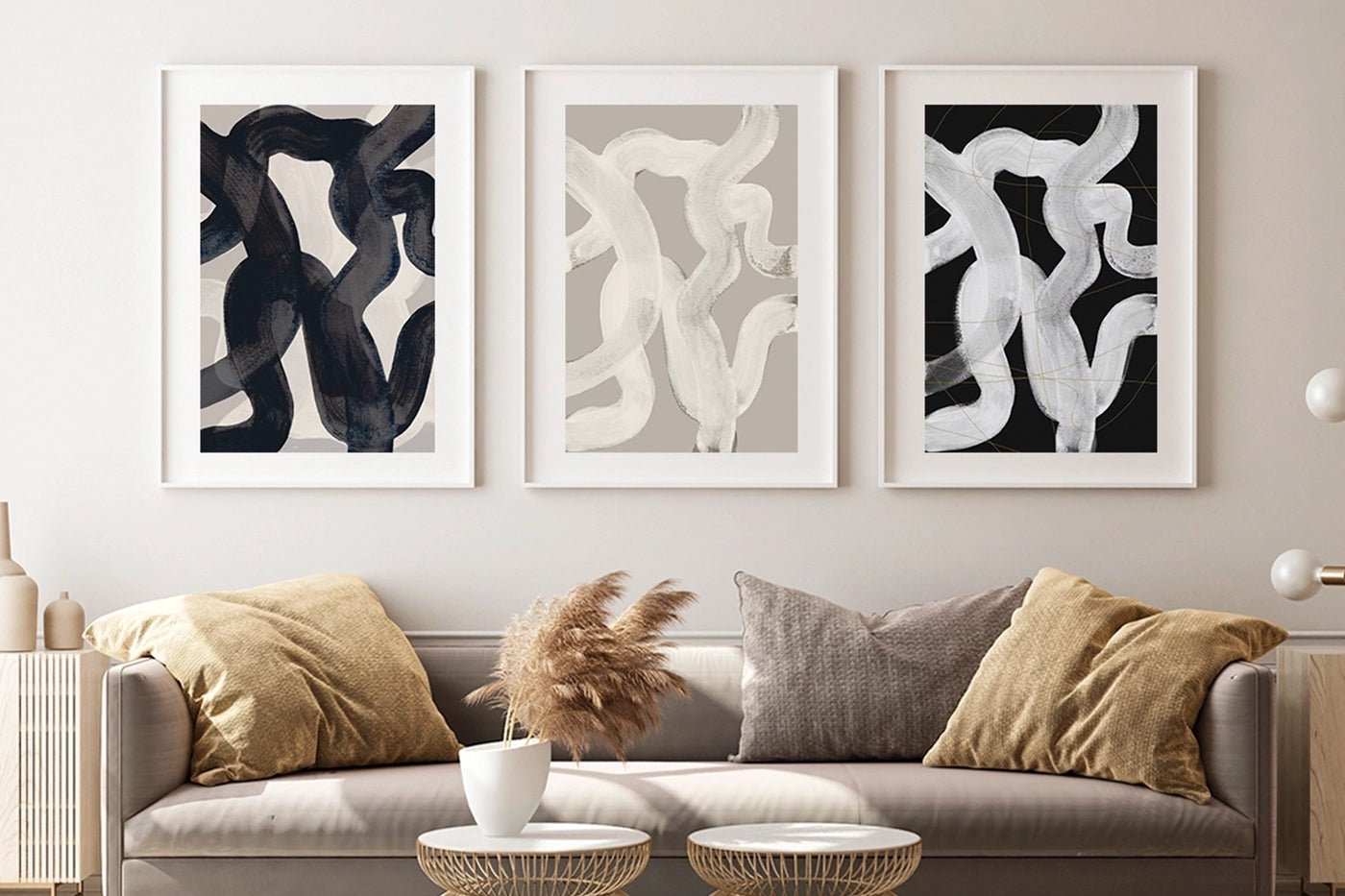

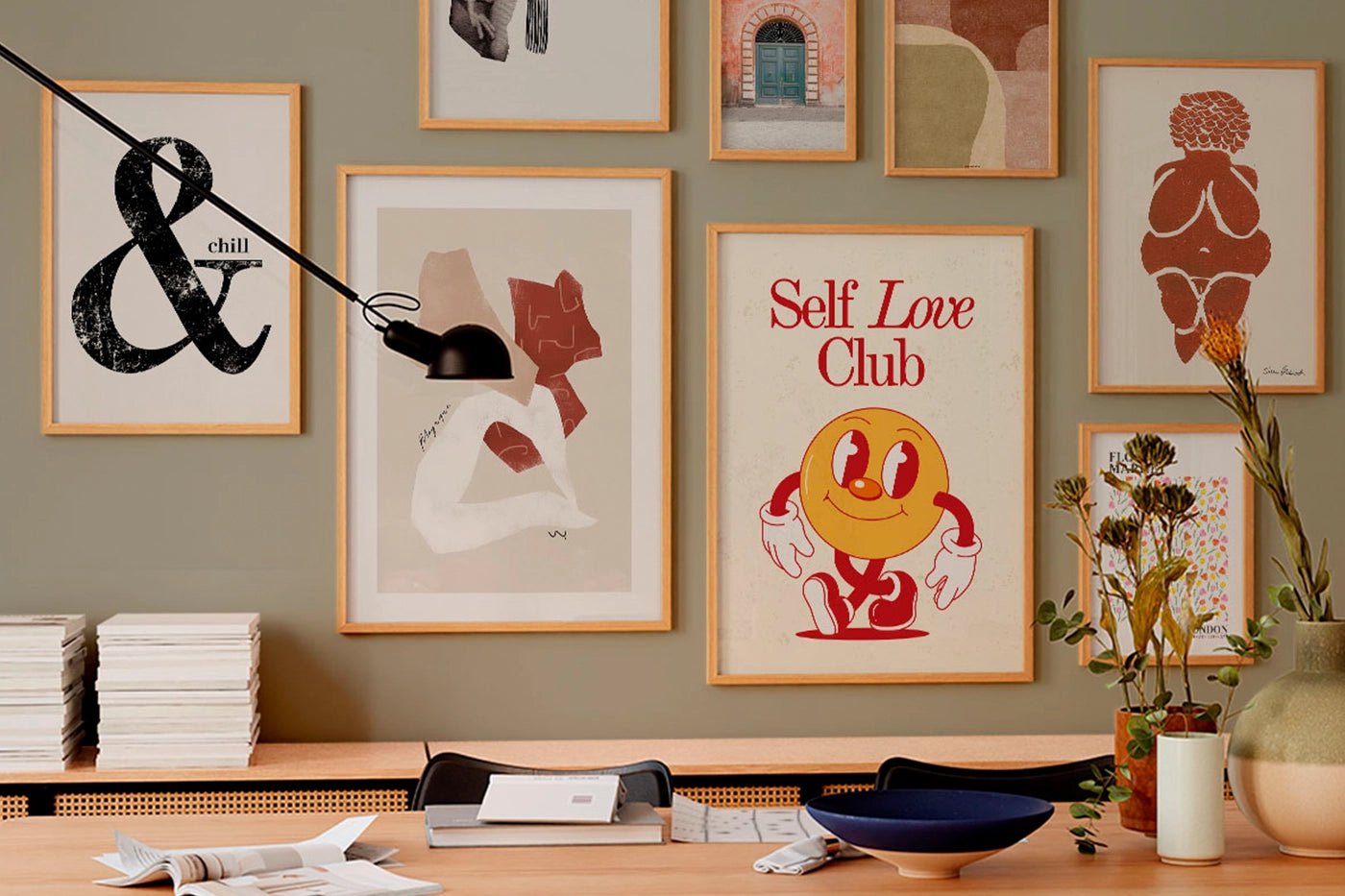




Leave a comment
All comments are moderated before being published.
This site is protected by reCAPTCHA and the Google Privacy Policy and Terms of Service apply.